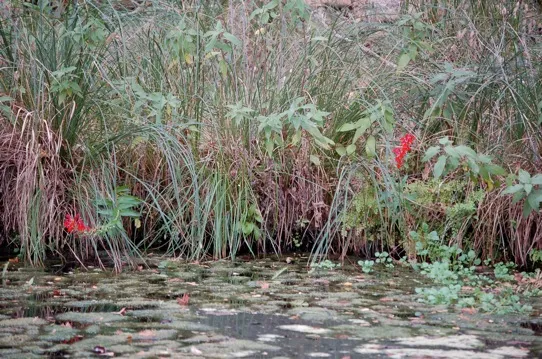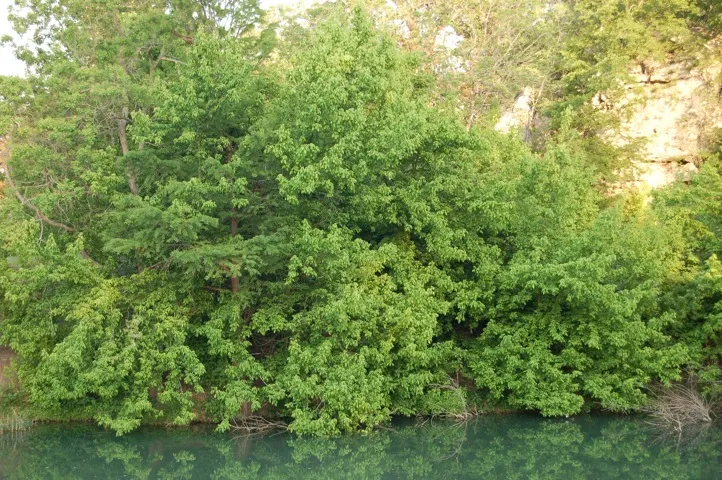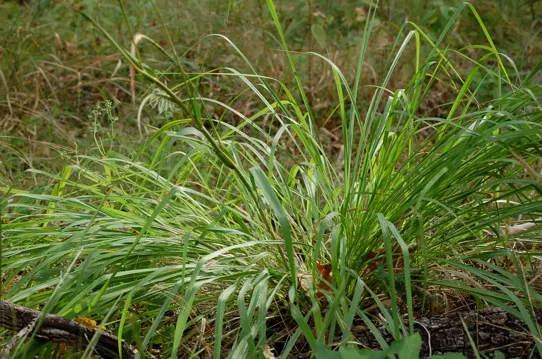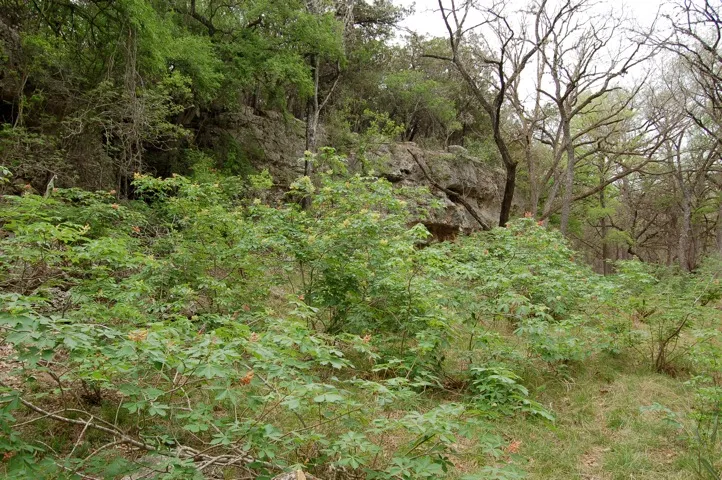By Delmar Cain
Ideas and models can stay in our heads for years, especially when they are formed in our early years. But just because we get them early does not mean that they are valid. The right occasion to reflect on them may not have presented itself. If not challenged, those models may last a lifetime.

But part of the difficulty in challenging the models is overcoming the headwinds of the early authoritative sources of information. Growing up in East Texas I helped my dad clear the briars, plum thickets and saplings from the banks of Moody Creek at the rear of our property. Dad wanted to remove most of the native “trash” trees like elm, hackberry, sassafras, and persimmon and leave a few oaks, hickory and an infrequent black walnut. With only the occasional tree in the pasture he could pull his ancient “brush hog” behind his even more ancient Farmall B tractor and keep the bushes down so that more grass would grow for his few head of cattle.
What my dad was doing was based on his years of listening, observing and reasoning about the way to get more grass into the cow’s mouth. He knew that cattle prefer grass to blackberry vines. For years I have lived with the model, at least in my head, of the well cared for pasture of green grass extending to the edge of the creek with fat cattle chewing their cuds. But although it may have seemed like reasonable practice, clearing the land and mowing down to the creek to encourage more Bermuda grass was probably quite harmful to the health of the creek.

That fact was brought home to me last week when I had the opportunity to attend a portion of a Streamside Management Workshop at the Cibolo Nature Center, which featured Steve Nelle, wildlife biologist with the Natural Resources Conservation Service and Rufus Stephens, wildlife biologist with the Texas Parks and Wildlife Department, discussing the characteristics of healthy riparian habitats that abundantly support a variety of wildlife.
Dad and I were focusing on more grass. But what we forgot is that creeks, wet or dry, are a work in progress. Conditions are subject to change—from a trickle of water to a flood of water and back to a trickle. An eight-inch rain can quickly point out the fact that what stabilizes a creek bank with a trickle of water does not necessarily stabilize a creek bank when both banks are under water and the width of the creek is 250 yards. A fast flowing body of water is a real earthmover.

Nature, if left alone, prepares for the changes by creating over time conditions under which a variety of native plants and trees will establish themselves, helping to slow down the flow of water and stabilize the banks and the flood plains even in times of floods. It begins with plants like water penny (Hydrocotyle verticillata) that can live under and above the water at the water’s edge. Then come the sedges and reeds and other plants like bog hemp (Boehmeria cylindrical), which need locations where their roots are generally moist but which can grow up the side of the banks. These plants along with woody plants like buttonbush (Cephalanthus occidentalis) and water-loving trees like box elder (Acer negundo) provide some stability but also may filter sediments and may provide nutrients and some temperature control for the water.
In the flood plain that receives an overflow of water, when the creek moves out of its banks, other stabilizing grasses like eastern gamagrass (Tripsacum dactyloides) and switchgrass (Panicum virgatum) will thrive. I was amazed to hear from Steve Nelle that eastern gamagrass is almost as stable as rock in holding the soil in a flood. In the flood plain the berry vines, the creek plums (Prunus rivularis) and the red buckeyes (Aesculus pavia) will do well. Unfortunately, these are the kind of plants that dad and I cleared those many years ago.

When our workshop group walked along the Cibolo Creek for a demonstration of the examples of vegetation of a healthy creek, the only downside, other than an occasional plastic cup among the native plants and trees, was the growth of a few exotics, such as Chinese tallow trees, Chinese boxwood, waxleaf ligustrum and Japanese honeysuckle, which had escaped from the neighborhood yards upstream. These plants may provide some stability. But if left unchecked their prolific growth will choke out our native dwellers. Wilt Shaw and Dave Kibler, who do the survey of and eradication of exotic plants along the Cibolo, are making progress. But there are still volunteer hours to be spent before that project can be pronounced complete.
When this Streamside Management Workshop is scheduled again try to attend. I think that you will find it very worthwhile. Also, it may, like it did for me, raise a few questions about old misconceptions.
